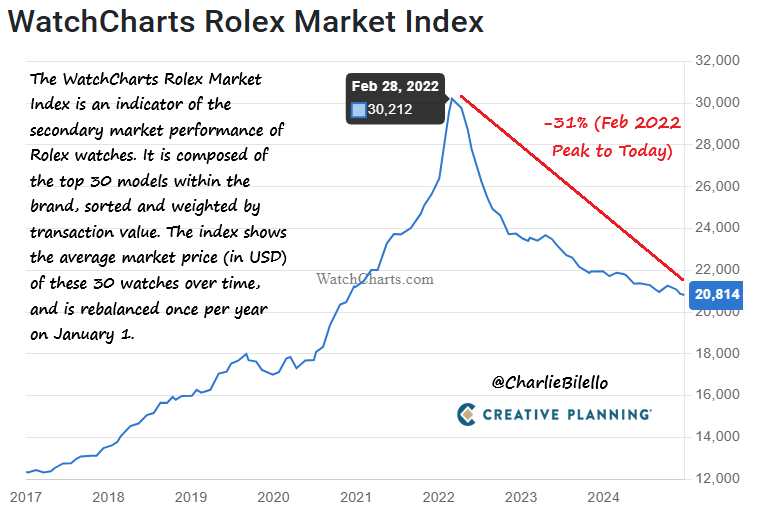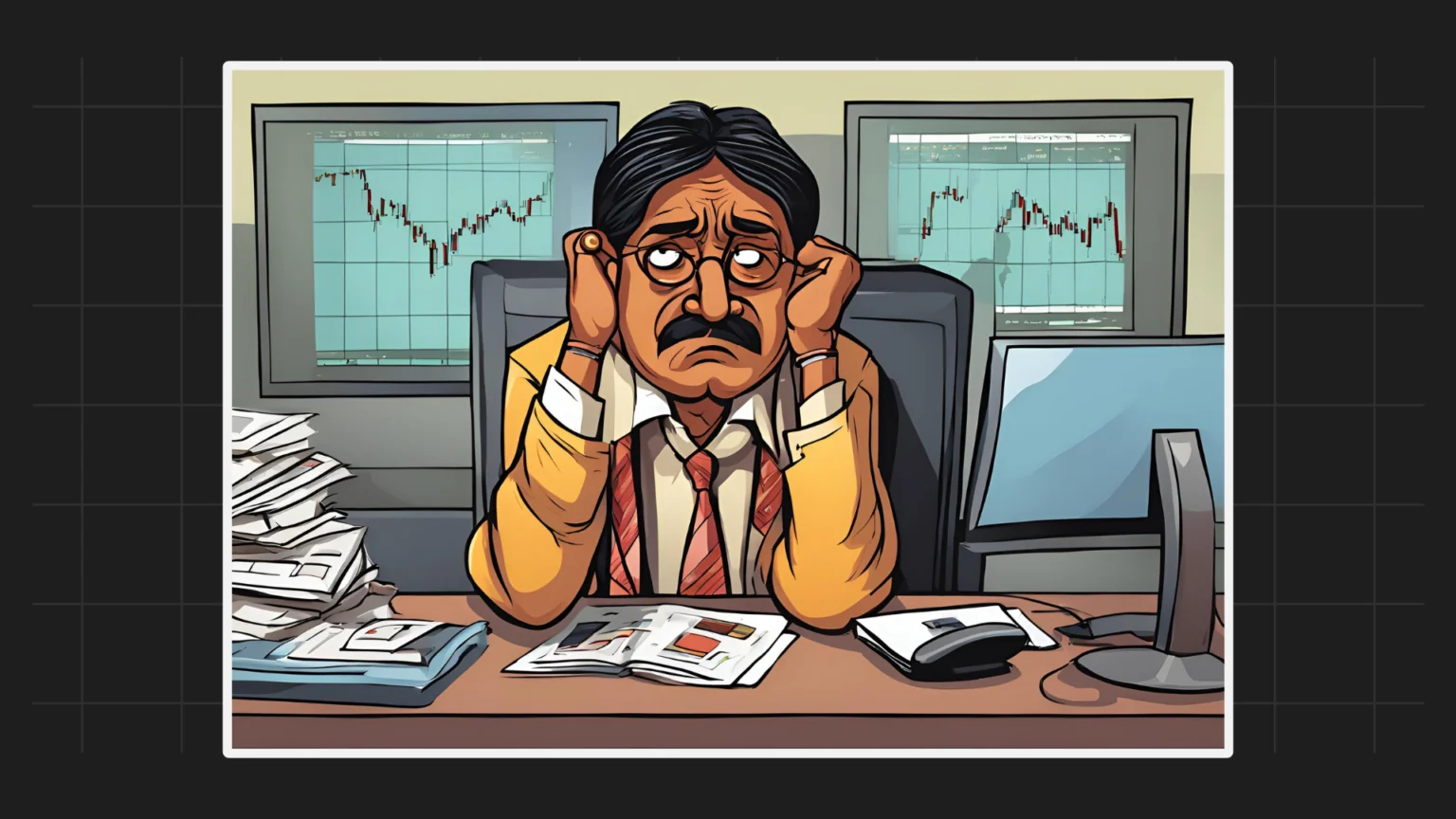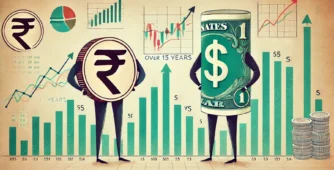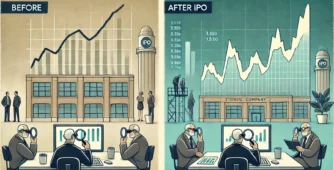The Rise and Fall of the Rolex Market Index
Luxury items often hold a unique place in the world of investments, and Rolex watches are no exception. The Rolex Market Index, a specialized measure of the performance of used Rolex watches, offers a fascinating insight into the luxury market’s dynamics. By tracking 30 key models, this index reflects the changing trends in demand, wealth, and global economic conditions.

A Rapid Surge in Value
From 2017 to 2022, the Rolex Market Index experienced a meteoric rise. Starting at an average value of $12,000 in 2017, it surged to $30,000 by 2022, representing a growth of more than 2.5 times in just five years. This significant appreciation suggests that luxury watches became a coveted asset class during this period, with buyers seeing them not only as status symbols but also as investments that held and even gained value.
The Post-COVID Boom
The spike in Rolex prices post-2020 was likely driven by several factors. The pandemic shifted consumer priorities, with many investing in tangible assets like luxury goods during uncertain times. Additionally, increased liquidity due to quantitative easing, low interest rates, and stimulus packages contributed to a sense of wealth among buyers, especially in the West. Rolex watches, with their iconic status, benefited from this surge in discretionary spending.
A Sudden Decline
However, since February 2022, the Rolex Market Index has dropped by approximately 31%. This sharp decline coincides with significant macroeconomic shifts, including rising inflation, tighter monetary policies, and increasing interest rates. These factors have reduced disposable incomes and curbed the appetite for luxury purchases. Additionally, as liquidity dried up, the speculative demand for high-value items like Rolex watches dwindled.
What the Index Reveals
The Rolex Market Index serves as a unique barometer of the luxury market’s health. Its rise and fall mirror broader economic conditions, illustrating how wealth perception and spending patterns shift over time. The decline also indicates that the luxury market is not immune to global financial pressures, especially when buyers face challenges like higher living costs and reduced purchasing power.
Luxury Assets Beyond Financial Markets
The performance of the Rolex Market Index highlights that certain luxury assets can appreciate significantly over time, much like traditional financial instruments. However, these markets are influenced by unique factors, such as cultural trends, exclusivity, and economic conditions. While they offer diversification, they also come with risks, as seen in the recent correction in Rolex prices.
WeekendInvesting launches – PortfolioMomentum Report
Momentum Score: See what percentage of your portfolio is in high vs. low momentum stocks, giving you a snapshot of its performance and health.
Weightage Skew: Discover if certain stocks are dominating your portfolio, affecting its performance and risk balance.
Why it matters
Weak momentum stocks can limit your gains, while high momentum stocks improve capital allocation, enhancing your chances of superior performance.
Disclaimers and disclosures : https://tinyurl.com/2763eyaz










